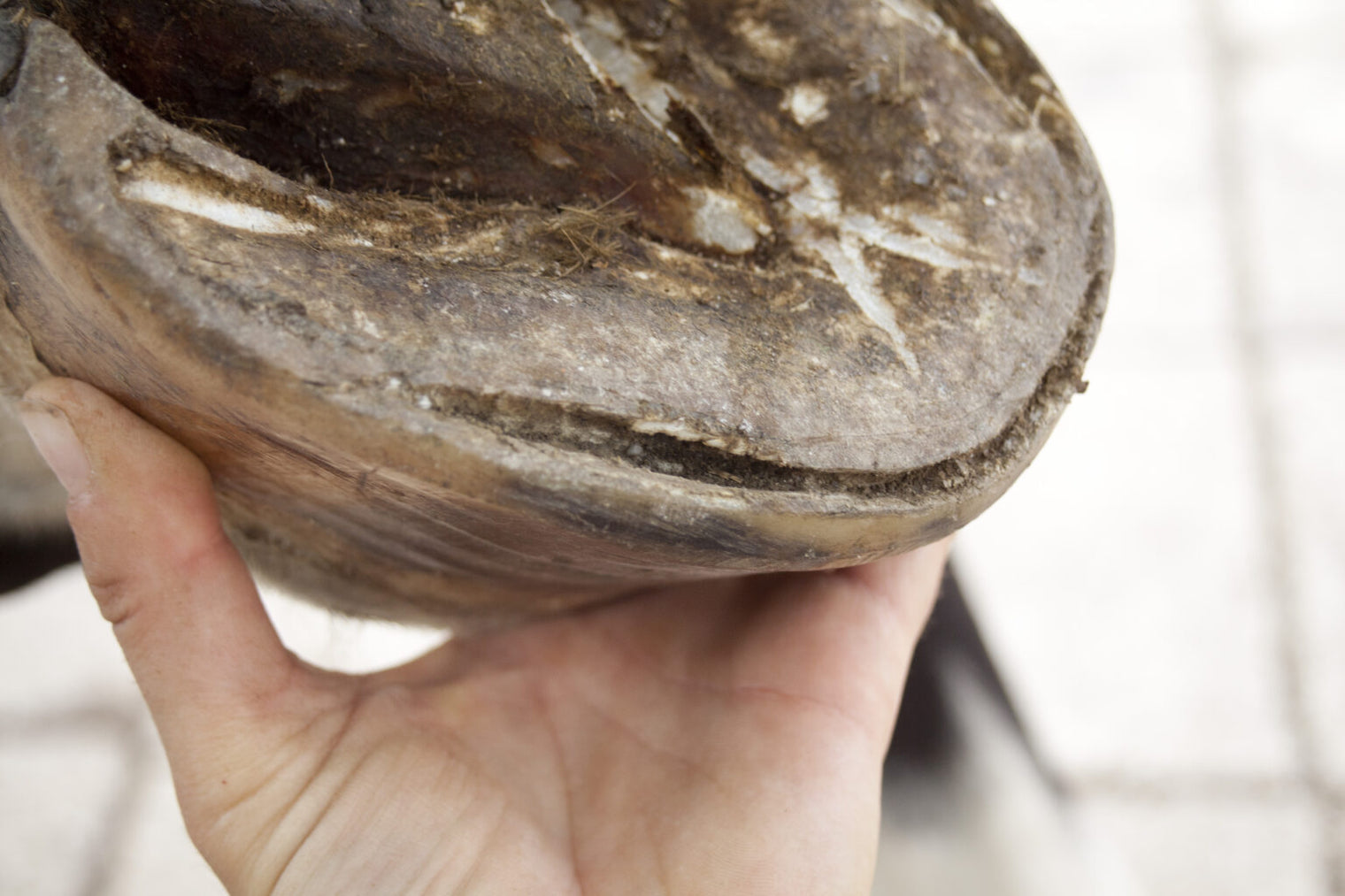Seedy toe, commonly known as white line disease, poses a significant threat to equine hoof health, leading to potential lameness and infection if left untreated. This condition affects the delicate area between the horse's hoof wall and sole, necessitating prompt and effective treatment. In this guide, we delve into the causes of seedy toe and explore popular methods for its treatment, ensuring your equine companion maintains optimal hoof health.
What Causes Seedy Toe?

Seedy toe can arise from various factors, primarily fungal and bacterial infections that find their way into small cracks in the hoof. Poor hoof care, adverse environmental conditions, mechanical stress, and nutritional deficiencies also contribute to the onset of this condition. Understanding these factors is crucial in preventing seedy toe and ensuring the well-being of your horse.
Effective Treatments for Seedy Toe
The journey to recovery involves several steps, from initial diagnosis to post-treatment care. Below, we outline the popular methods employed to combat seedy toe, accompanied by suggested images to visualise each treatment phase.
Hoof Cleaning and Debridement

The first step towards treating seedy toe is thorough cleaning and careful removal of affected tissue. This process, known as debridement, is critical to prevent further infection and to prepare the hoof for treatment.
Topical Treatments

Applying antifungal and antibacterial solutions directly to the cleaned hoof can effectively eradicate the infection. These topical treatments are essential in halting the progression of seedy toe.
Environmental Management

Improving your horse's living conditions is vital for preventing re-infection. Ensuring a clean, dry stable can significantly impact the healing process and overall hoof health.
Nutritional Support

Adequate nutrition plays a pivotal role in hoof recovery and health. Supplements rich in biotin, zinc, and copper can fortify hoof structure and support healing.
Regular Monitoring and Care

Continuous care and monitoring by professionals are indispensable. Regular check-ups allow for adjustments in treatment and ensure the hoof is on the right path to recovery.
Conclusion
Seedy toe requires a comprehensive approach for effective treatment, combining direct care with broader management strategies. By understanding the causes and implementing the treatments outlined above, you can safeguard your horse's hoof health and prevent the recurrence of this troublesome condition.


